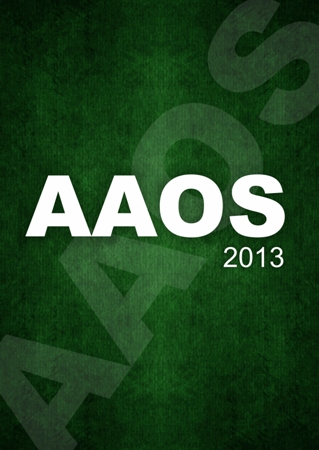
AAOS: Extracapsular Hip Fractures; Dynamic Hip Screws vs Intramedullary Nails

AAOS: Extracapsular Hip Fractures; Dynamic Hip Screws vs Intramedullary Nails
Dynamic Hip Screws Versus Intramedullary Nails for Extracapsular Hip Fractures in 2012: Systematic Review of RCTs
Did you know you're eligible to earn 0.5 CME credits for reading this report? Click Here
CONFERENCE ACE REPORTS
This ACE Report is a summary of a conference presentation or abstract. The information provided has limited the ability to provide an accurate assessment of the risk of bias or the overall quality. Please interpret the results with caution as trials may be in progress and select results may have been presented.
Synopsis
A systematic review was conducted to compare intramedullary nails versus dynamic hip screws in trials after 2008, with respect to reoperation rates, complication rates, and functional scores one year after treatment for unstable extracapsular hip fractures. The results demonstrated no differences between treatment methods, with the exception of better reoperation outcomes with nailing, for unstabl...
To view the full content, login to your account,
or start your 30-day FREE Trial today.
FREE TRIAL
LOGIN
Forgot Password?
Explore some of our unlocked ACE Reports below!

Learn about our AI Driven
High Impact Search Feature
Our AI driven High Impact metric calculates the impact an article will have by considering both the publishing journal and the content of the article itself. Built using the latest advances in natural language processing, OE High Impact predicts an article’s future number of citations better than impact factor alone.
Continue



 LOGIN
LOGIN

Join the Conversation
Please Login or Join to leave comments.